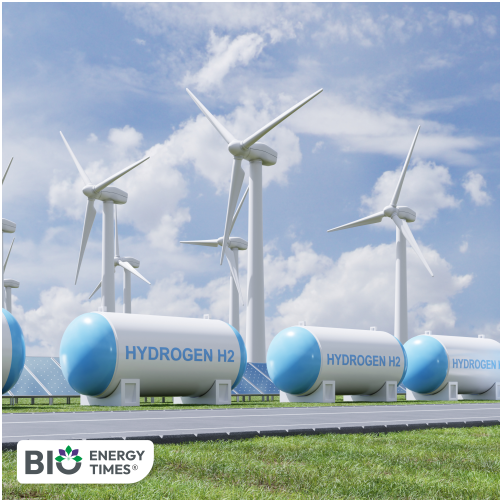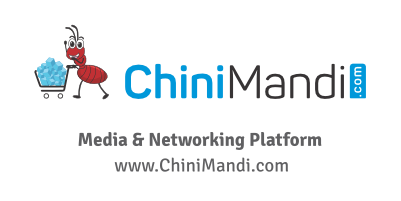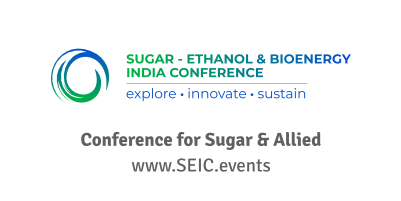Hyundai Motor Group is accelerating South Korea’s shift toward a hydrogen-powered economy with a 1-gigawatt green hydrogen production complex and related technology manufacturing, planned over the five years to 2030. Analysis from Singapore-based Sunnov Investment Pte. Ltd. sees the programme as a significant step in reshaping the country’s low-carbon energy landscape, reports Digital Journal.
At the centre of the initiative is a hydrogen production hub in South Jeolla Province, beginning with a 500-megawatt phase before expanding to 1 gigawatt. It will be supported by manufacturing lines for proton exchange membrane (PEM) electrolysers and hydrogen fuel-cell components, creating an integrated link between industrial gas supply and transport demand.
Thomas Gardner, Director of Private Equity at Sunnov Investment, said the scale of the plan “shows how a single corporate platform can connect power generation, industrial gases and mobility, creating an investable clean energy cluster over the project life.”
Hyundai’s focus on PEM technology aligns with its existing fuel-cell vehicle programmes and allows overlapping use of components across industrial and automotive applications. According to Gardner, PEM systems “offer a path to reduce levelised hydrogen costs by up to 50% over the operating life of projects when component supply chains serve both vehicles and industry,” a trend investors are already building into long-term cost expectations.
Alongside the production complex, Hyundai is constructing a major PEM technology manufacturing facility in Ulsan. The company plans to invest about $630 million over the construction period, targeting operations from 2027. Once fully functional, the plant aims to produce 30,000 fuel cell units annually for passenger cars, commercial fleets, marine vessels and stationary power systems, forming the backbone of a regional hydrogen supply chain.
Hyundai reports that nearly 90% of electrolyser components now come from domestic suppliers, supported by increasing exports to European industrial projects and partnerships with specialist hydrogen developers.
Gardner interprets this shift as evidence that “the hydrogen value chain in Korea is moving from pilot status towards a platform that can support both energy security objectives and potential export revenues over the longer term.”
The hydrogen programme is part of Hyundai’s broader domestic investment plan of about $85.1 billion through 2030—significantly higher than its previous multi-year commitment. The strategy is reinforced by a trade agreement that lowers U.S. automotive tariffs on qualifying exports from 25% to 15%, improving the economics of upgrading domestic production and technology capabilities.
Hyundai’s hydrogen ambitions also influence urban development through its proposed hydrogen-powered AI smart city concept, which integrates autonomous mobility, distributed generation and digital infrastructure. Pilot partnerships include a carbon-neutral hydrogen port at Pyeongtaek, connected by a 15-kilometre pipeline linking production, fuel-cell power generation and low-emission logistics. The company has also invested $5 million in the American Center for Mobility to advance autonomous and connected vehicle technologies.
Gardner argues that Hyundai’s hydrogen portfolio illustrates how decarbonisation strategies are increasingly emerging from large global manufacturers rather than being driven solely by policy. “Investors track this programme because it brings together multi-year capital commitments, a coherent industrial logic around hydrogen and an increasingly exportable technology stack,” he said.
For institutional investors, Hyundai’s combination of large-scale hydrogen production, advanced manufacturing and smart-city pilots provides a model of how integrated clean-energy and mobility ecosystems may develop. Sunnov Investment sees the strategy as a signal that transition infrastructure is entering a phase where corporate balance-sheet strength, technology depth and cross-border policy alignment are beginning to create investable themes that extend well beyond a single company.














